In our previous comparison, we pitted the last-gen RTX 3080 Ti from NVIDIA against the flagship RX 7900 XT model from AMD, where Team Red emerged as the clear winner with a significant performance boost. Now, we’ll be taking a closer look at the RX 6750 XT vs RTX 3060 Ti to determine which one comes out on top.
Key Takeaways
- To kick things off, the Radeon RX 6750 XT is built on the RDNA 2.0 architecture, while the GeForce RTX 3060 Ti is based on NVIDIA’s Ampere architecture.
- The Radeon RX 6750 XT outperformed the NVIDIA RTX 3060 Ti in terms of average FPS during our benchmark tests, with a 6.1% advantage. The RX 6750 XT produced an average FPS of 87.8 compared to the RTX 3060 Ti’s 82.6 FPS.
- As per our results, the GeForce 3060 Ti has shown to be around 3% more power-efficient than the Radeon RX 6750 XT, consuming less power during the tests.
- Based on our benchmarking, the RTX 3060 Ti exhibited 6.2% better thermal efficiency compared to the RX 6750 XT.
Comparison Table
| Technical Specs | GeForce RTX 3060 Ti | Radeon RX 6750 XT |
| GPU Name | GA104 | Navi 22 |
| Architecture | Ampere | RDNA 2.0 |
| Transistors | 17,400 million | 17,200 million |
| Shading Units | 4864 | 2560 |
| Tensor Cores | 152 | NA |
| RT Cores | 38 | 40 |
| TMUs | 152 | 160 |
| ROPs | 80 | 64 |
| L1 Cache | 128 KB per Array | 128 KB per Array |
| L2 Cache | 4 MB | 3 MB |
| Memory Bus Width | 256 bit | 192 bit |
| Memory Bandwidth | 448.0 GB/s | 384.0 GB/s |
| Suggested PSU | 550W | 600W |
| Release Date | Dec 1st, 2020 | Mar 3rd, 2021 |
| Approximated Price | 300 USD | 360 USD |
| Best Variants | BEST RTX 3060 Ti Cards | – |
Architectural Differences
- Process Node: The RTX 3060 Ti is built on an 8nm process, while RX 6750 XT utilizes a 7nm process. This suggests a difference in manufacturing technology that can impact performance and power efficiency.
- Clock Speed: The RTX 3060 Ti features a 1410 MHz base clock and 1665 MHz boost clock, while RX 6750 XT boasts a significantly higher 2150 MHz base clock and 2600 MHz boost clock. The higher clock speeds of the RX 6750 XT indicate potentially better gaming performance.
- VRAM: When it comes to VRAM specs, the RTX 3060 Ti offers 8GB of GDDR6X VRAM, while the RX 6750 XT provides 12GB of GDDR6 VRAM. The extra VRAM in the RX 6750 XT may be beneficial for gaming at higher resolutions and utilizing future game enhancements.
- TDP: The RTX 3060 Ti has a 200W TDP, which is more power-efficient than the RX 6750 XT with a 230W TDP. A lower TDP often means less heat generation and lower power consumption, contributing to a cooler and potentially quieter gaming experience with the RTX 3060 Ti.
- Supported Technologies: The RTX 3060 Ti supports DLSS (Deep Learning Super Sampling), while RX 6750 XT features FSR (FidelityFX Super Resolution). Both technologies aim to improve gaming performance and image quality through upscaling and sharpening.
Gaming Benchmarks
Now that we’ve covered the technical specifications of the RX 6750 XT and the GeForce RTX 3060 Ti, it’s time to put them to the test in real-world gaming scenarios.
Testing Rig
Here are the specs of the testing rig:
- OS: Windows 10 Pro
- CPU: AMD Ryzen 7 7800X3D
- Motherboard: GIGABYTE B650 AORUS Elite AX
- RAM: G.Skill Ripjaws S5 6000MHz DDR5
- Storage: XPG GAMMIX S70 BLADE 2TB NVMe SSD
- PSU: ENERMAX REVOLUTION D.F. X 1050W
- CPU Cooler: MSI MAG CORELIQUID E360 CPU Liquid Cooler
Marvel’s Spider-Man Remastered
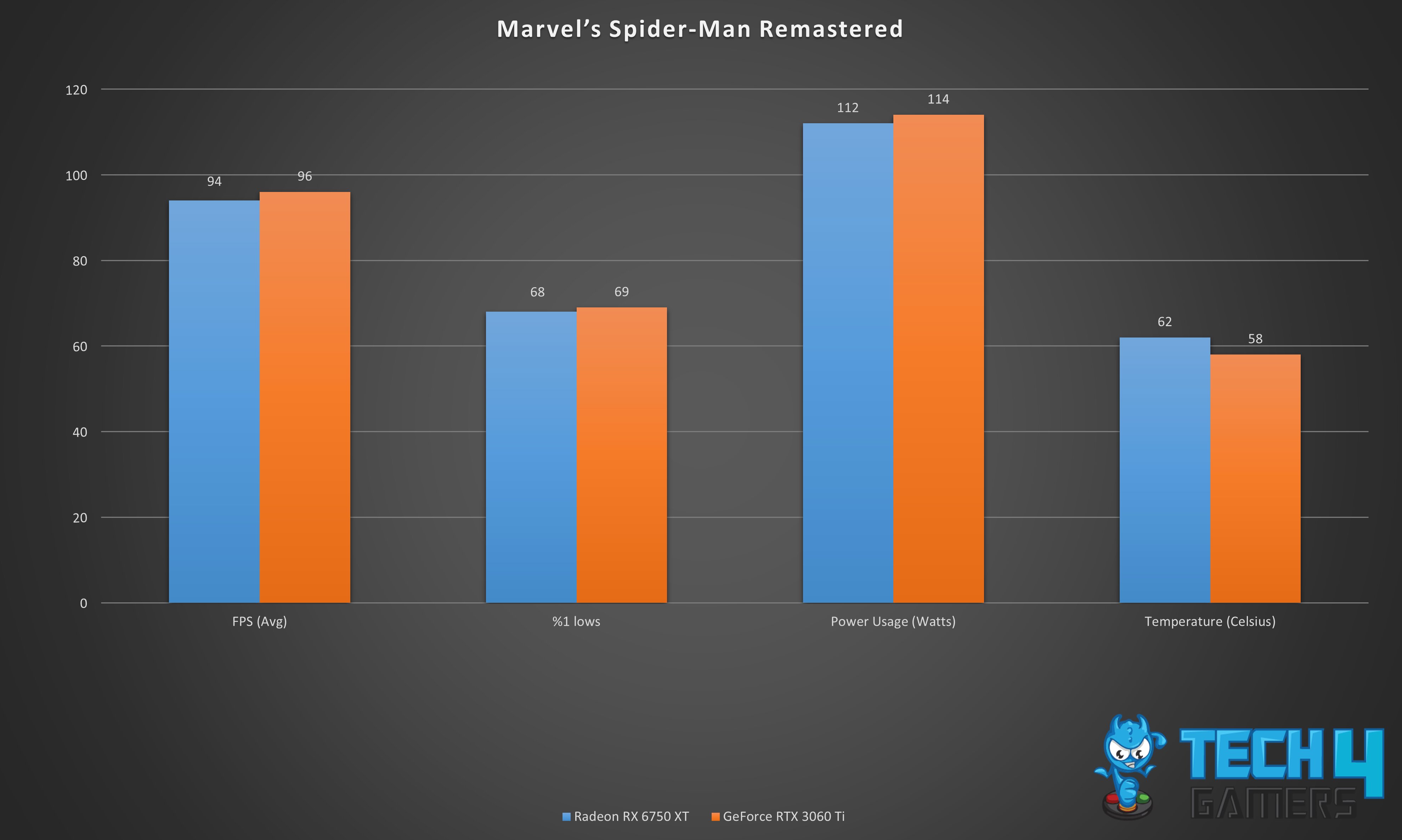
- The RX 6750 XT falls behind the RTX 3060 Ti with a slight performance loss of 2% and 94 FPS, while the latter falls behind with an average of 96 FPS.
- While we were gathering the results for the %1 lows, we found the RTX 6750 XT falling behind with 68 FPS, while the RTX 3060 Ti manages a slight lead of 69 FPS, making a difference of 1.4%.
- Although the RX 6750 XT outperforms the RTX 3060 Ti, it consumes 1.7% less power, drawing 112 watts compared to the RTX 3060 Ti’s 114 watts.
- Our tests indicate that the RTX 3060 Ti runs cooler with an average temperature of 58°C, which is 4°C or 6.6% cooler than the RX 6750 XT, which averages 62°C.
Assassin’s Creed Valhalla
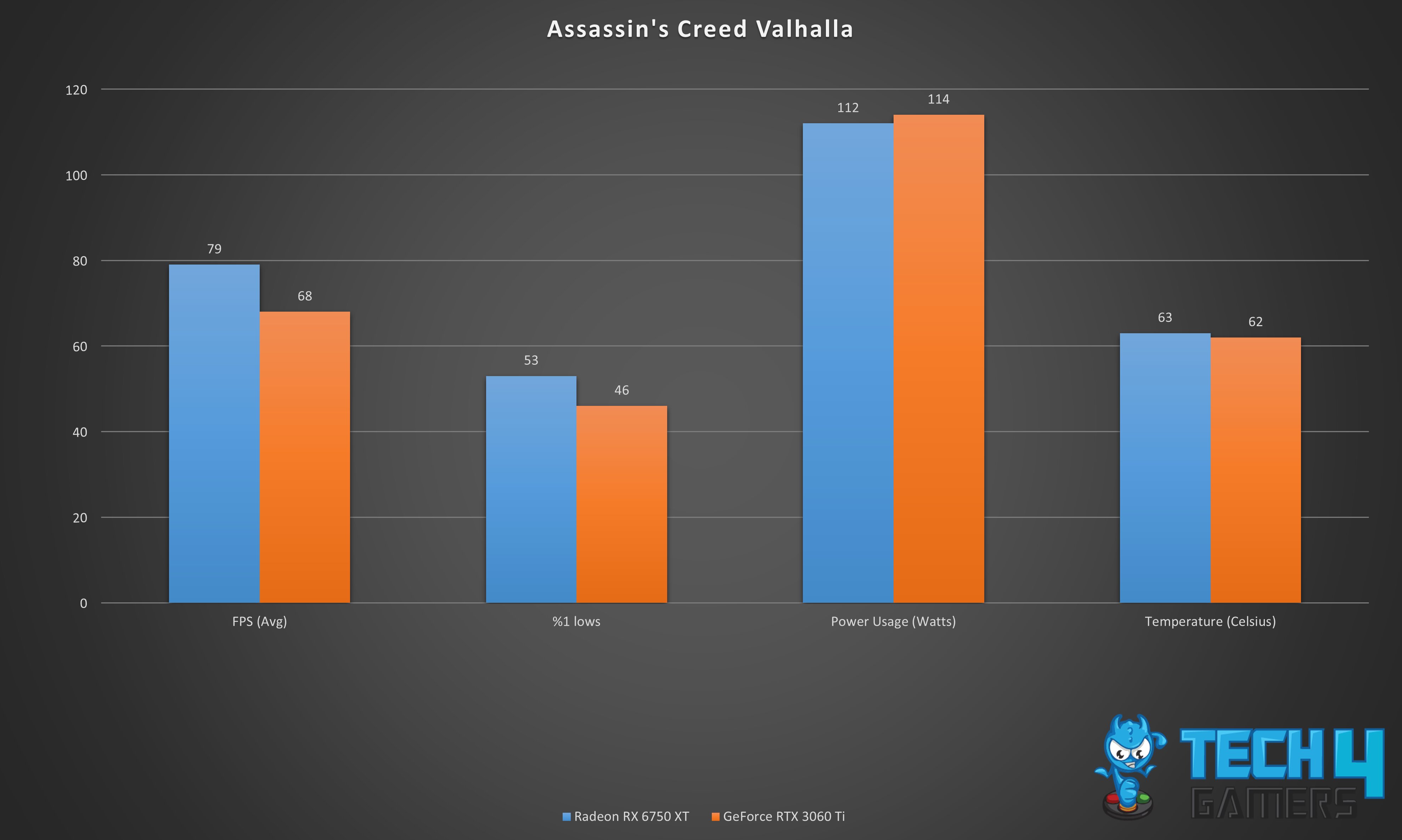
- Our benchmarks indicate that the RTX 3060 Ti falls behind the RX 6750 XT with an average of 68 FPS, whereas the latter surpasses it with a significant performance increase of 14.9%, reaching 79 FPS.
- The RTX 3060 Ti falls short of the RX 6750 XT, with 46 FPS in 1% lows, while the RX 6750 XT excels with 53 FPS, showing a 14.1% better performance.
- Our examinations of power consumption show that despite the RX 6750 XT’s better performance, it draws slightly less power than the RTX 3060 Ti, consuming 112 watts compared to the latter’s 114 watts.
- With an average temperature of 62°C, the RTX 3060 Ti showcases better thermal performance than the RX 6750 XT, which has an average temperature of 63°C, demonstrating a 1.6% or 1°C difference.
God of War
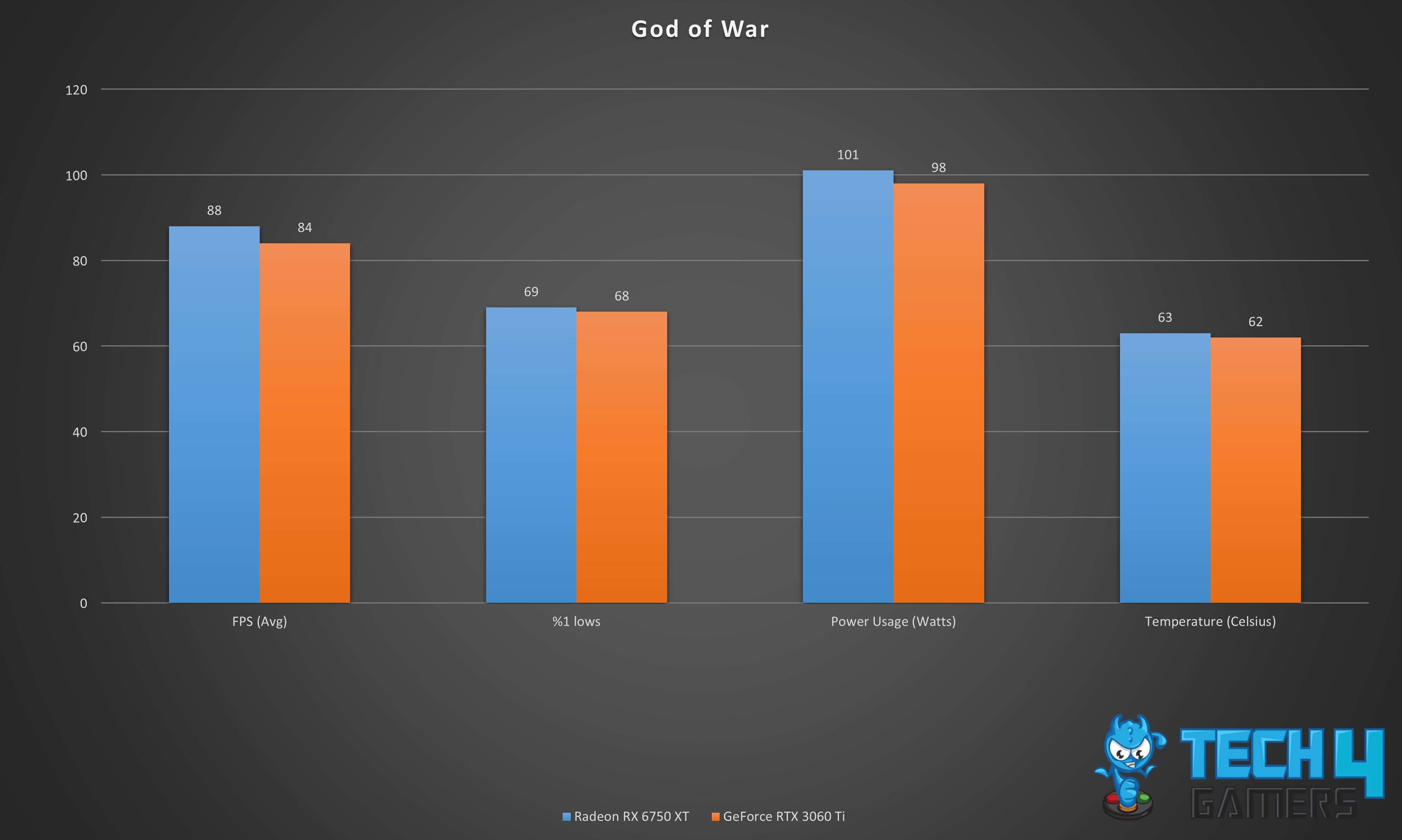
- With an average of 84 FPS, the RTX 3060 Ti lags behind the RX 6750 XT, which achieves an impressive 4.6% performance boost and 88 FPS.
- While testing God of War, our findings show that the RX 6750 XT outperforms the RTX 3060 Ti with a 1.4% advantage in 1% lows, scoring 69 FPS compared to the RTX 3060 Ti’s 68 FPS.
- We also saw that the RTX 3060 Ti lags behind the RX 6750 XT in performance, but it also consumes 3% less power at 98 watts compared to the RX 6750 XT’s 101 watts.
- The RX 6750 XT’s average temperature of 63°C is 1.6% or 1°C hotter than the RTX 3060 Ti’s average temperature of 62°C, demonstrating the RTX 3060 Ti’s superior cooling performance.
Horizon Zero Dawn
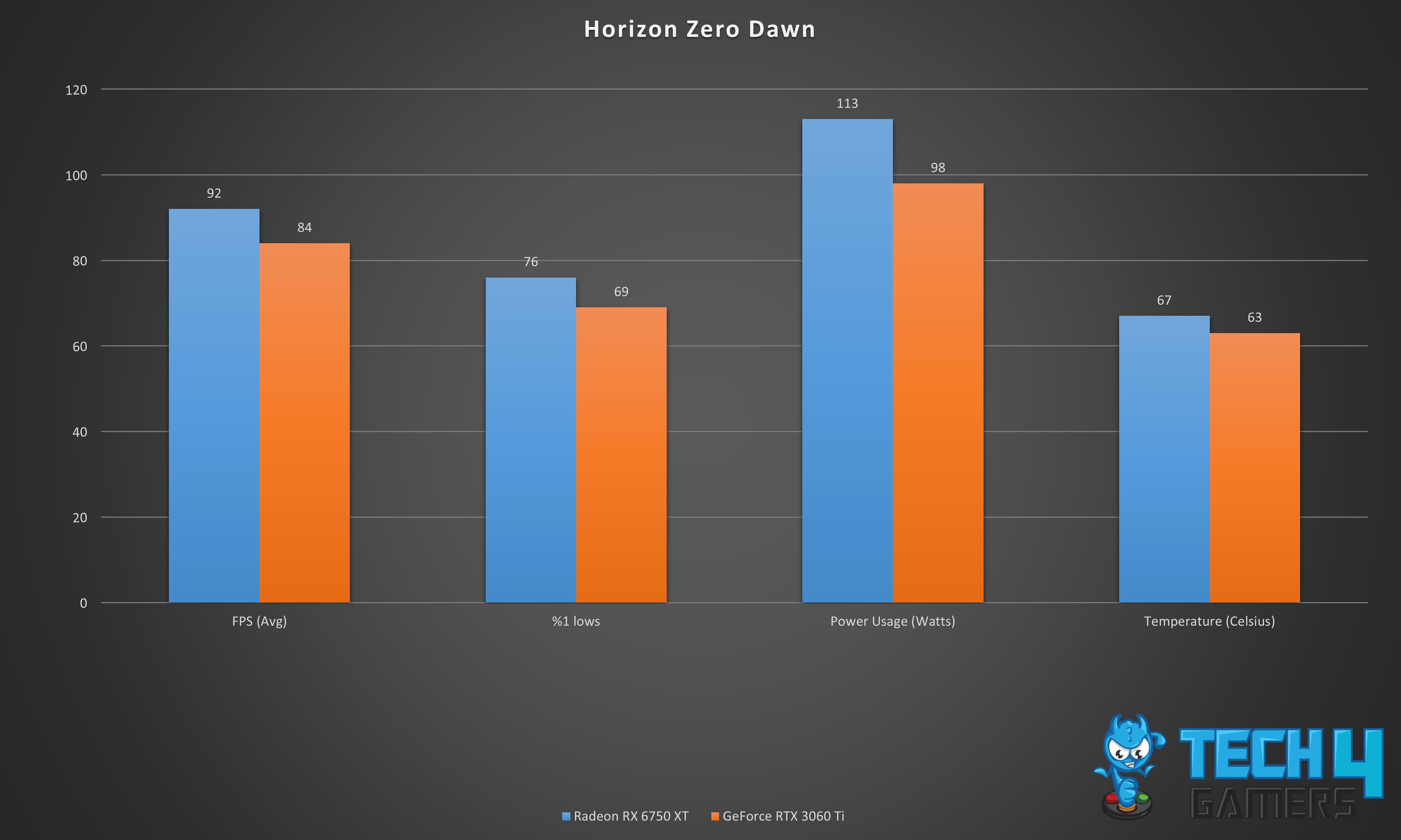
- According to our tests, the RX 6750 XT outperforms the RTX 3060 Ti with an astounding 9% performance boost and 92 FPS, while the latter falls behind with an average of 84 FPS.
- With a 1% lows performance, the RX 6750 XT outranks the RTX 3060 Ti with an impressive 9.6% lead. The RX 6750 XT records 76 FPS, whereas the RTX 3060 Ti records 69 FPS.
- While the RX 6750 XT boasts better performance than the RTX 3060 Ti, we also saw that it draws 14.2% more power at 113 watts compared to the RTX 3060 Ti’s 98 watts.
- The RTX 3060 Ti maintains a cooler average temperature of 63°C compared to the RX 6750 XT’s average temperature of 67°C, a difference of 6% or 4°C.
CYBERPUNK 2077
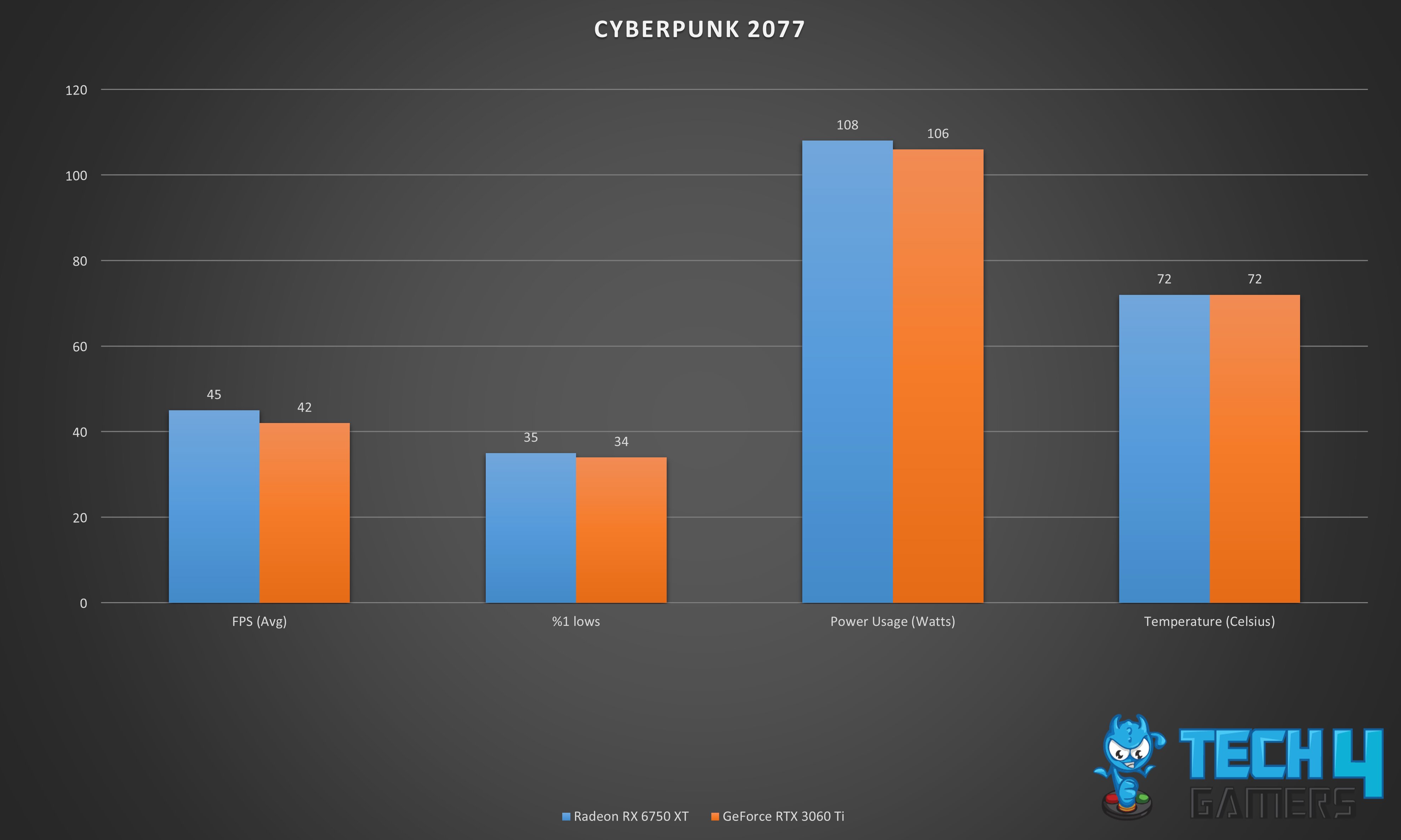
- Despite an average of 42 FPS, we saw that the RTX 3060 Ti cannot match the RX 6750 XT’s remarkable 6.9% performance boost and 45 FPS.
- The RX 6750 XT showcases its dominance over the RTX 3060 Ti with a 2.8% performance boost, scoring 35 FPS in 1% lows, while the latter lags with 34 FPS.
- In our benchmarks, the RTX 3060 Ti falls short of the RX 6750 XT’s performance, but it also draws 1.8% less power at 106 watts compared to the RX 6750 XT’s 108 watts.
- Surprisingly, both cards produce the same thermals, tied up at 72°C, creating no difference.
Microsoft Flight Simulator
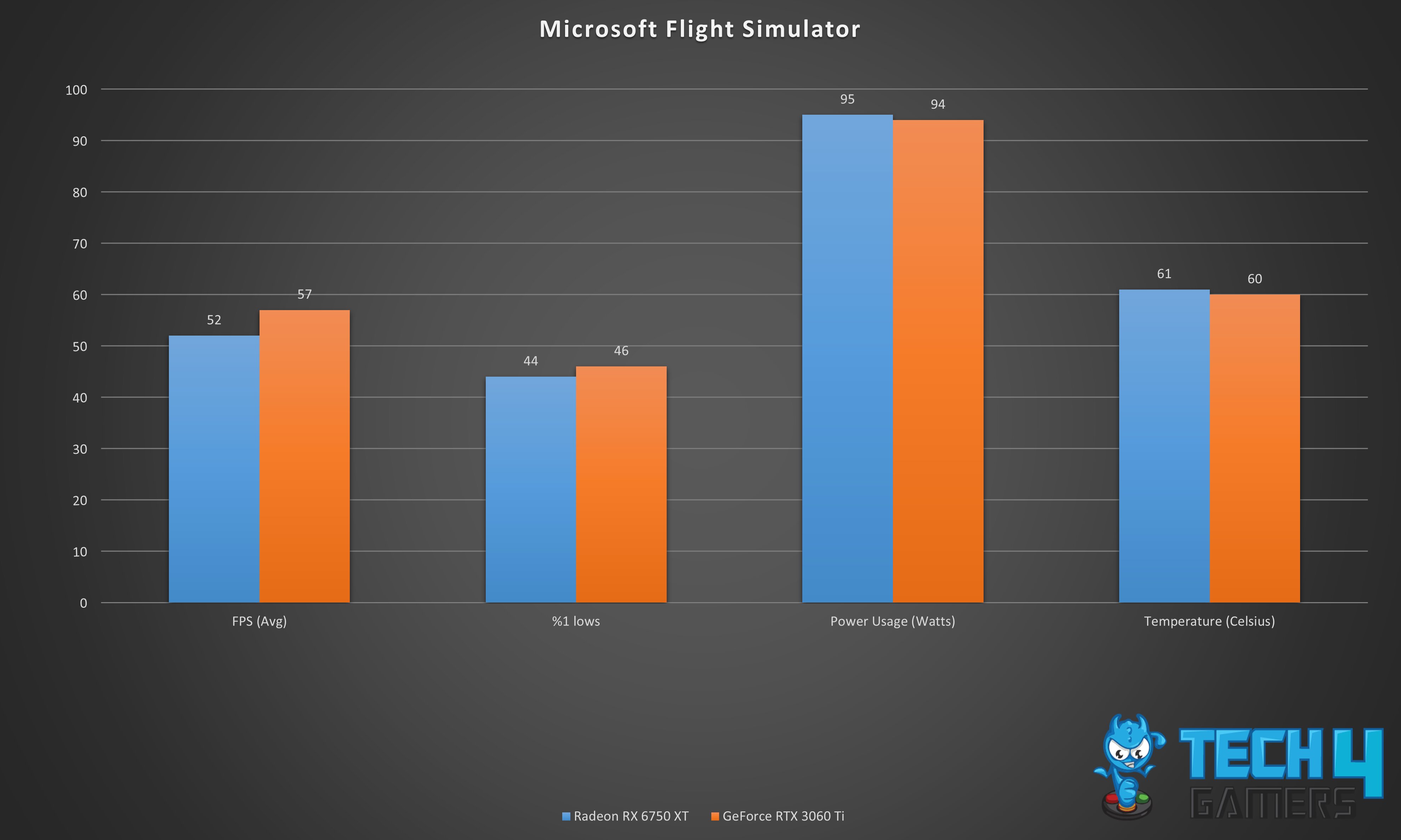
- While testing these cards in Microsoft Flight Simulator, we found the RTX 3060 Ti’s average of 52 FPS leads in comparison to the RX 6750 XT’s 57 FPS, creating an incredible performance boost of 9.1%.
- The RX 6750 XT falls the lead over the RTX 3060 Ti in 1% lows, boasting a 6% disadvantage with a 44 FPS score. Meanwhile, the RTX 3060 Ti leads with 46 FPS.
- Despite the RX 6750 XT’s inferior performance, it also consumes 1% more power than the RTX 3060 Ti, drawing 95 watts compared to the latter’s 94 watts.
- The RTX 3060 Ti showcases better temperature management in our benchmarks with an average temperature of 60°C compared to the RX 6750 XT’s 61°C, which is 1.6% or 1°C higher.
Forza Horizon 5
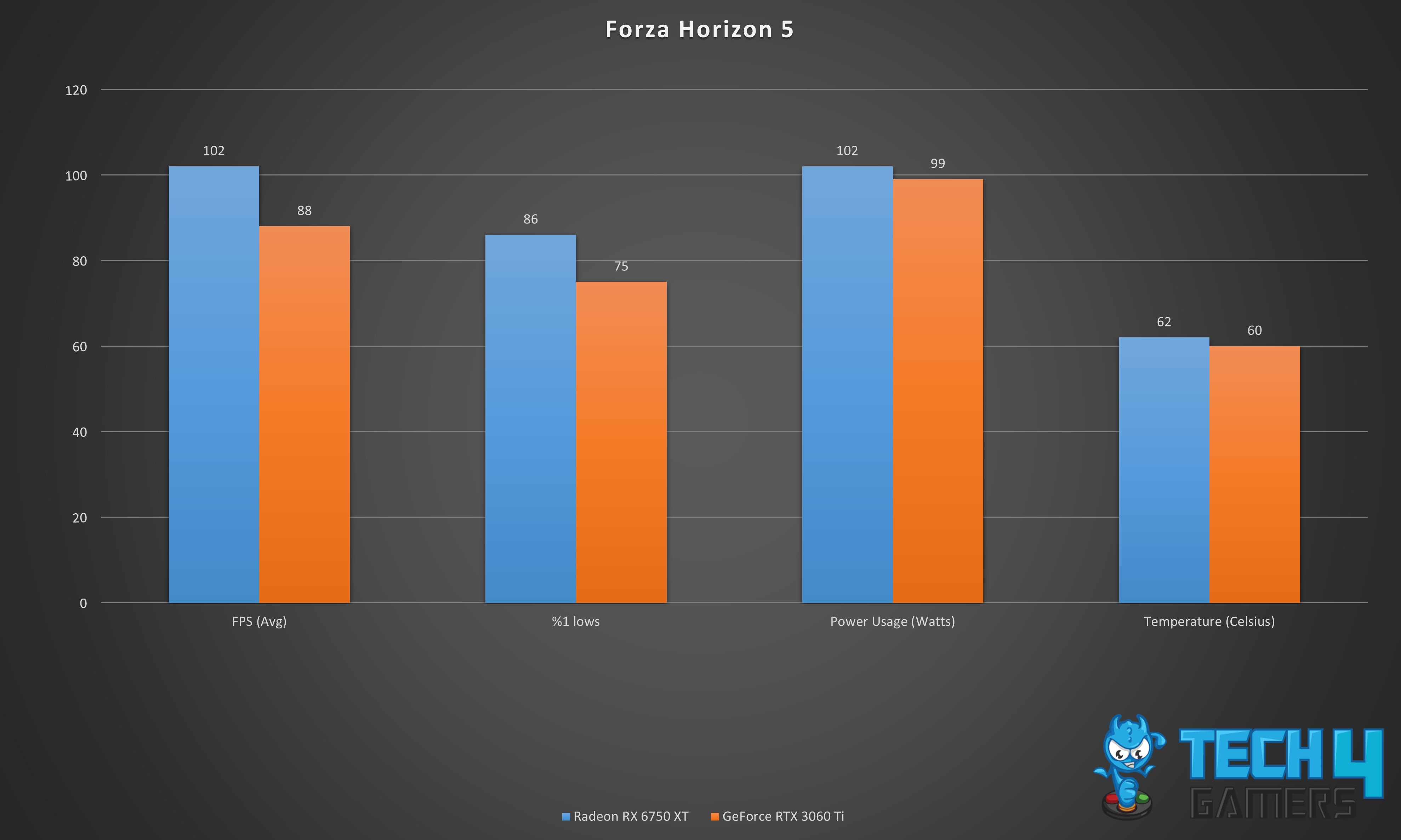
- During our benchmarking, the RX 6750 XT outshines the RTX 3060 Ti with an impressive 14.7% performance boost, achieving an average of 102 FPS. In contrast, the RTX 3060 Ti lags behind with an average of 88 FPS.
- The RX 6750 XT offers better performance than the RTX 3060 Ti in 1% lows, with a 13.6% advantage. The RX 6750 XT scores 86 FPS, while the RTX 3060 Ti lags with 75 FPS.
- In our tests, the RTX 3060 Ti falls slightly behind the RX 6750 XT in terms of performance. However, it also draws 2.9% less power, consuming 99 watts compared to the RX 6750 XT’s 102 watts.
- The RX 6750 XT’s average temperature of 62°C is 3.2% or 2°C higher than the RTX 3060 Ti’s average temperature of 60°C, highlighting the RTX 3060 Ti’s superior cooling capability.
Hitman 3
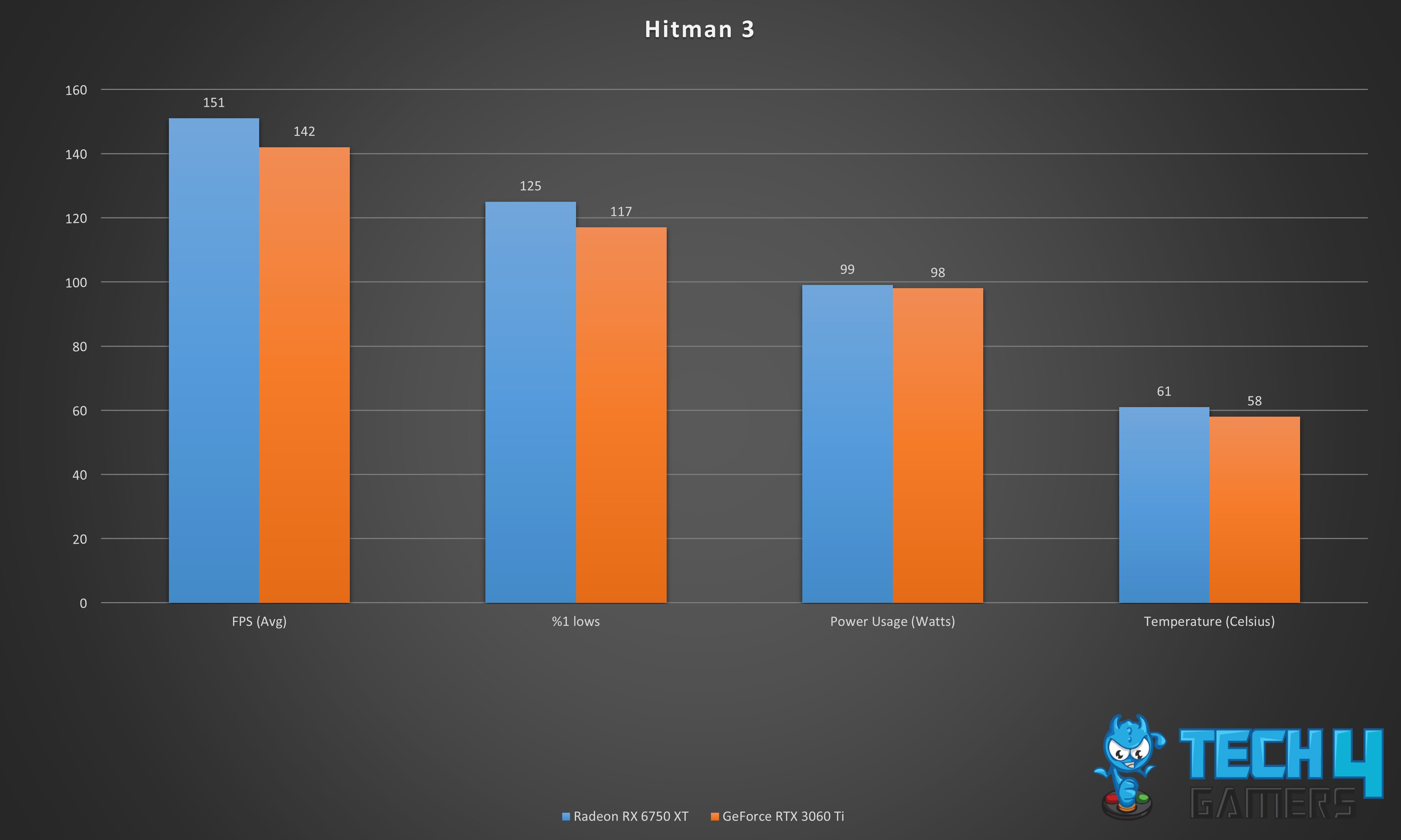
- As we were testing Hitman 3, the RTX 3060 Ti’s performance of 142 FPS is no match for the RX 6750 XT, which boasts a remarkable 6.1% performance boost and 151 FPS.
- With an impressive 6.1% advantage in 1% lows, the RX 6750 XT showcases its superiority over the RTX 3060 Ti, scoring 125 FPS while the latter lags behind with 117 FPS.
- Even though we found the RX 6750 XT outshines the RTX 3060 Ti in performance, it also draws more power at 99 watts compared to the RTX 3060 Ti’s 98 watts.
- Moreover, with an average temperature of 58°C, the RTX 3060 Ti maintains better thermal performance than the RX 6750 XT, which has an average temperature of 61°C, showcasing a 5% or 3°C difference.
Overall Gaming Performance
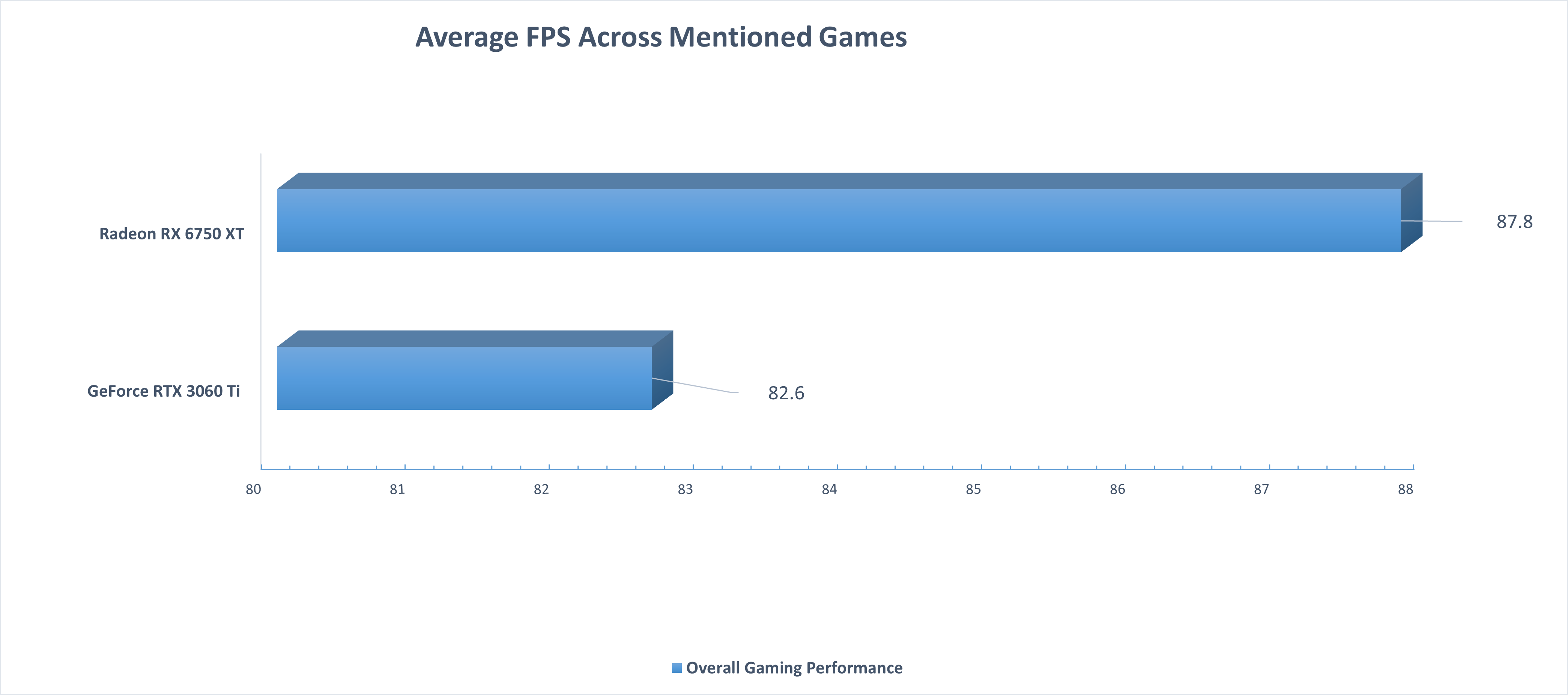
The RX 6750 XT offers a significant improvement over the RTX 3060 Ti with a 6.1% increase in FPS performance, giving users a noticeable advantage in gaming.
Average Power Consumption
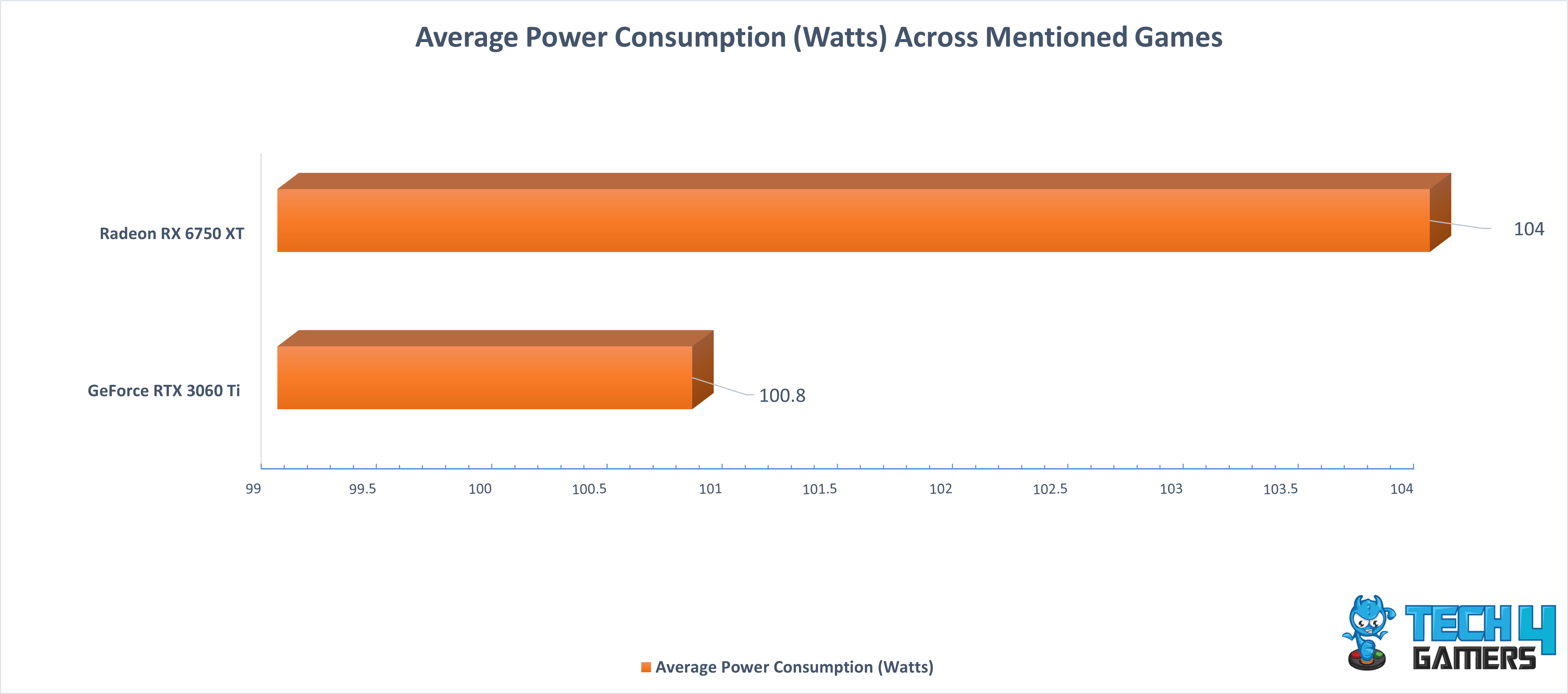
It is worth noting that the RX 6750 XT uses an average of 104W, while the RTX 3060 Ti consumes 100.8W on average, indicating that the latter is 3% more power-efficient than the former.
Average Thermal Statistics
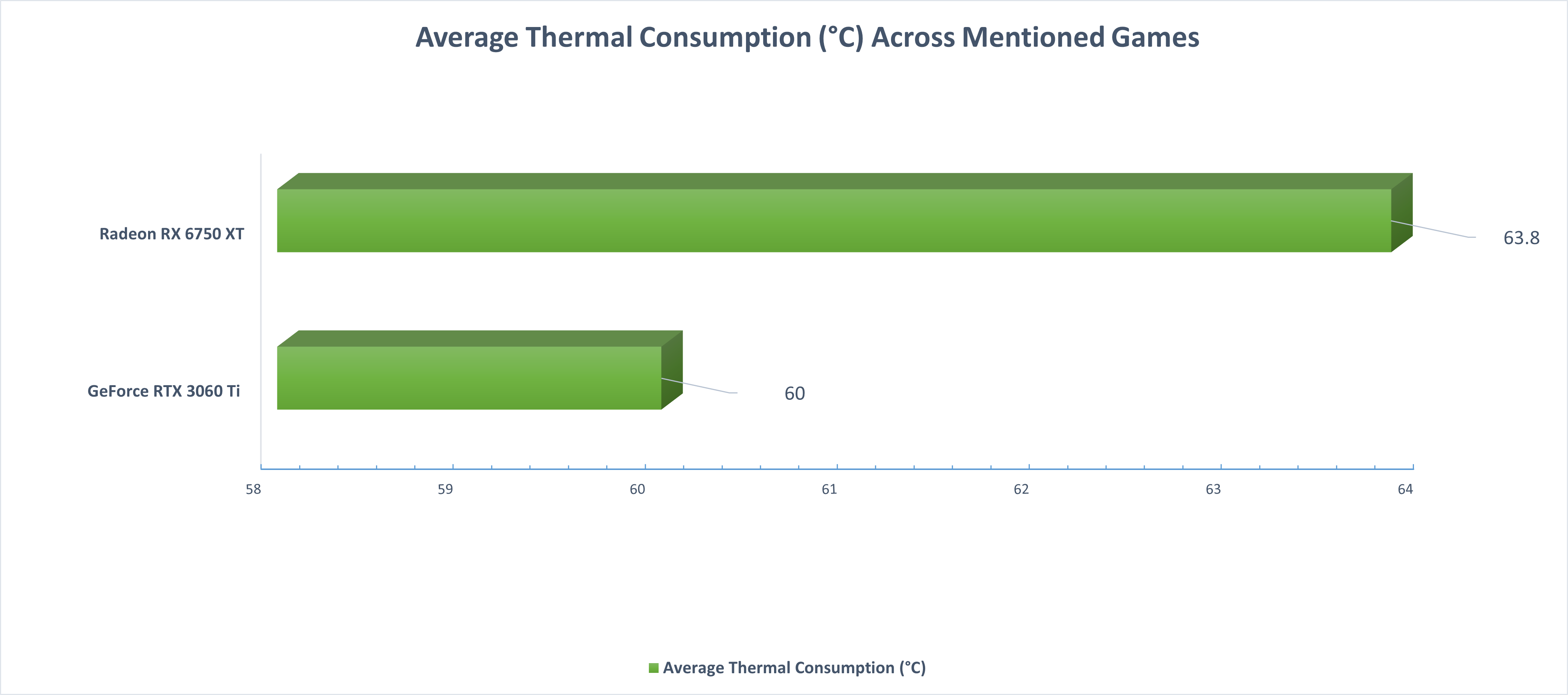
Pricing And Availability
Based on our research, the Radeon RX 6750 XT is available at approximately 360 USD, while the NVIDIA RTX 3060 Ti is priced at around 300 USD. This suggests that the RX 6750 XT is approximately 18.1% more expensive than the RTX 3060 Ti, making it a slightly higher-cost option.
Which One Would We Recommend?
The RX 6750 XT leads the pack with an impressive 6.1% increase in average FPS production compared to the RTX 3060 Ti. If you’re all about achieving the highest gaming performance, the RX 6750 XT should be your top pick.
If you’re on a budget and looking to get the best bang for your buck, the RTX 3060 Ti is our recommendation as a cost-effective option, coming in at a price that’s 18.1% less than the RX 6750 XT.
Keeping your gaming rig cool is crucial, and the RTX 3060 Ti shines in this regard. It runs cooler, generating 6.2% less heat on average compared to the RX 6750 XT, ensuring a more comfortable gaming environment.
Opting for the RTX 3060 Ti not only saves you money but also reduces your carbon footprint. It’s 3% more power-efficient than the RX 6750 XT, contributing to a greener gaming setup.
Pros And Cons
| GPU | Pros | Cons |
| GeForce RTX 3060 Ti |
|
|
| Radeon RX 6750 XT |
|
|
FAQs
The RX 6750 XT is a capable graphics card for gaming, offering decent performance at its price point. However, it may not be the best option for high-end gaming or demanding titles.
The Radeon RX 6750 XT has a TDP (thermal design power) of 250 watts. This means that the graphics card has a minimum power supply of 600 watts to perform best.
Yes, the RTX 3060 Ti provides great value for its performance and price point, making it worth considering for those in the market for a high-end budget graphics card.
More From RTX 3060 Ti:
More From RX 6750 XT:
Thank you! Please share your positive feedback. 🔋
How could we improve this post? Please Help us. 😔
[Comparisons Specialist]
I’m a passionate computer hardware expert specializing in CPUs and GPUs. With a lifelong curiosity for hardware and extensive hands-on experience, I provide valuable insights, practical advice, and in-depth analysis on these components. Engaging with the hardware community, I exchange knowledge and stay at the forefront of technological advancements.
Get In Touch: uzair@tech4gamers.com



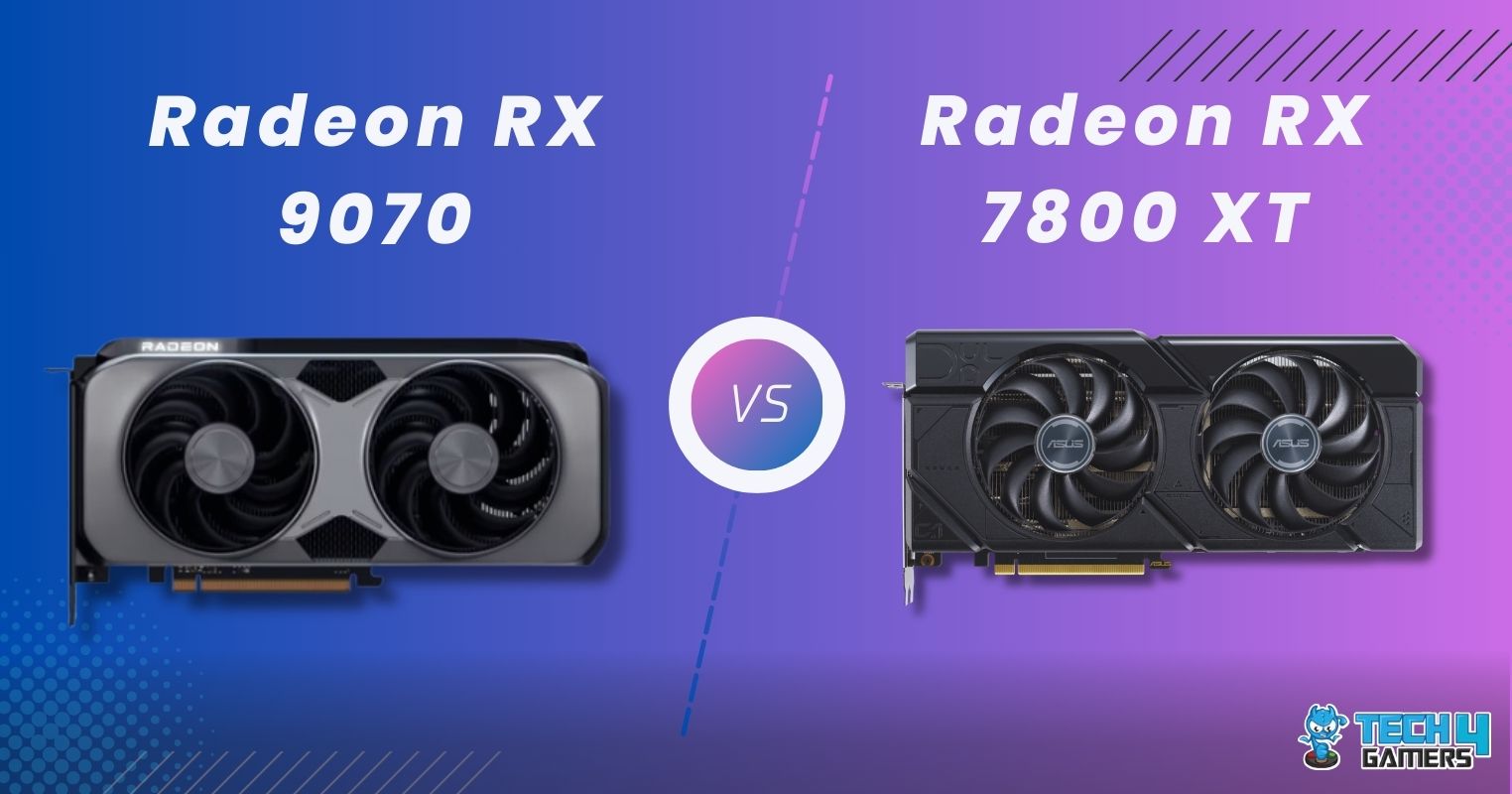
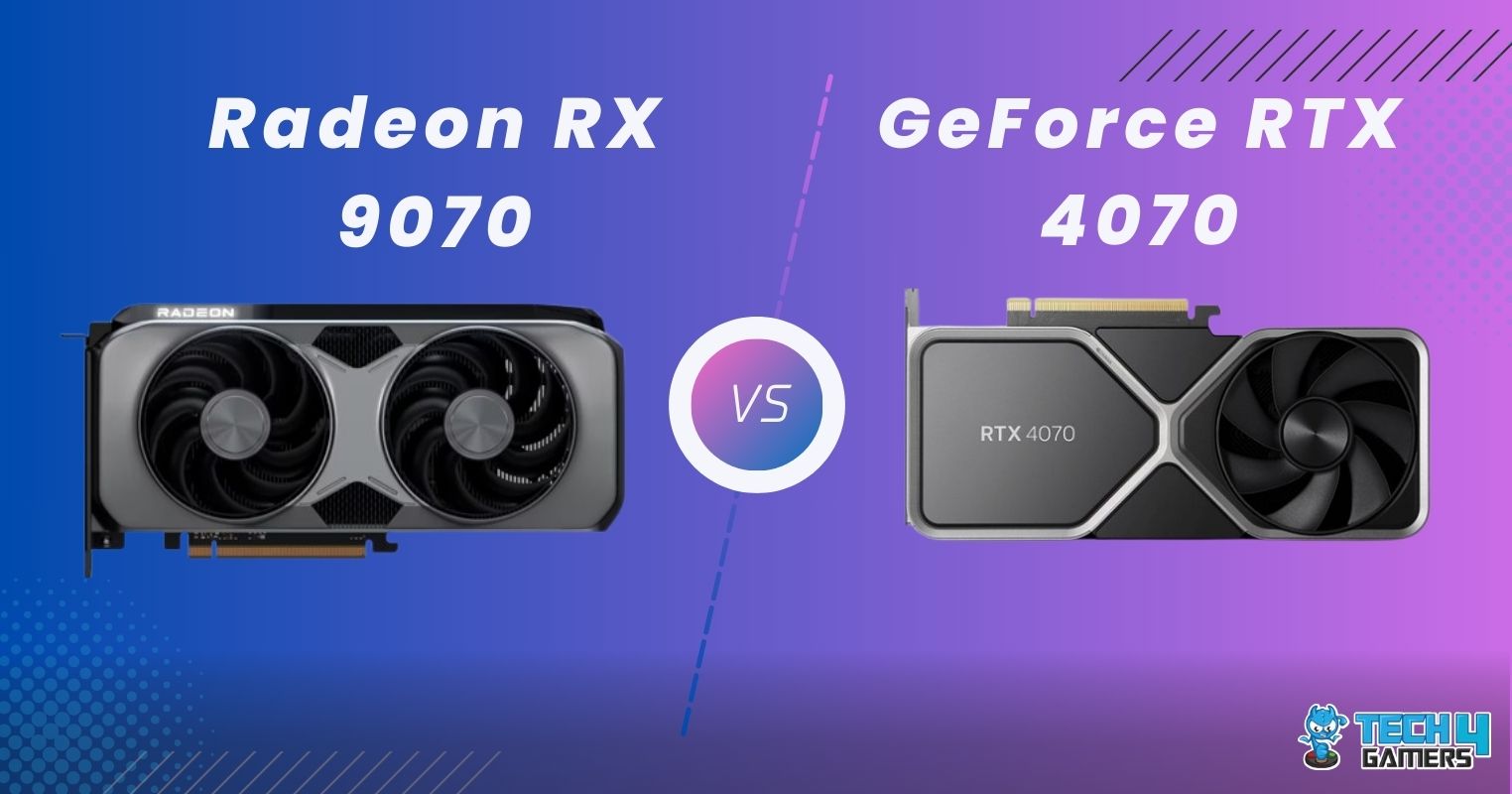
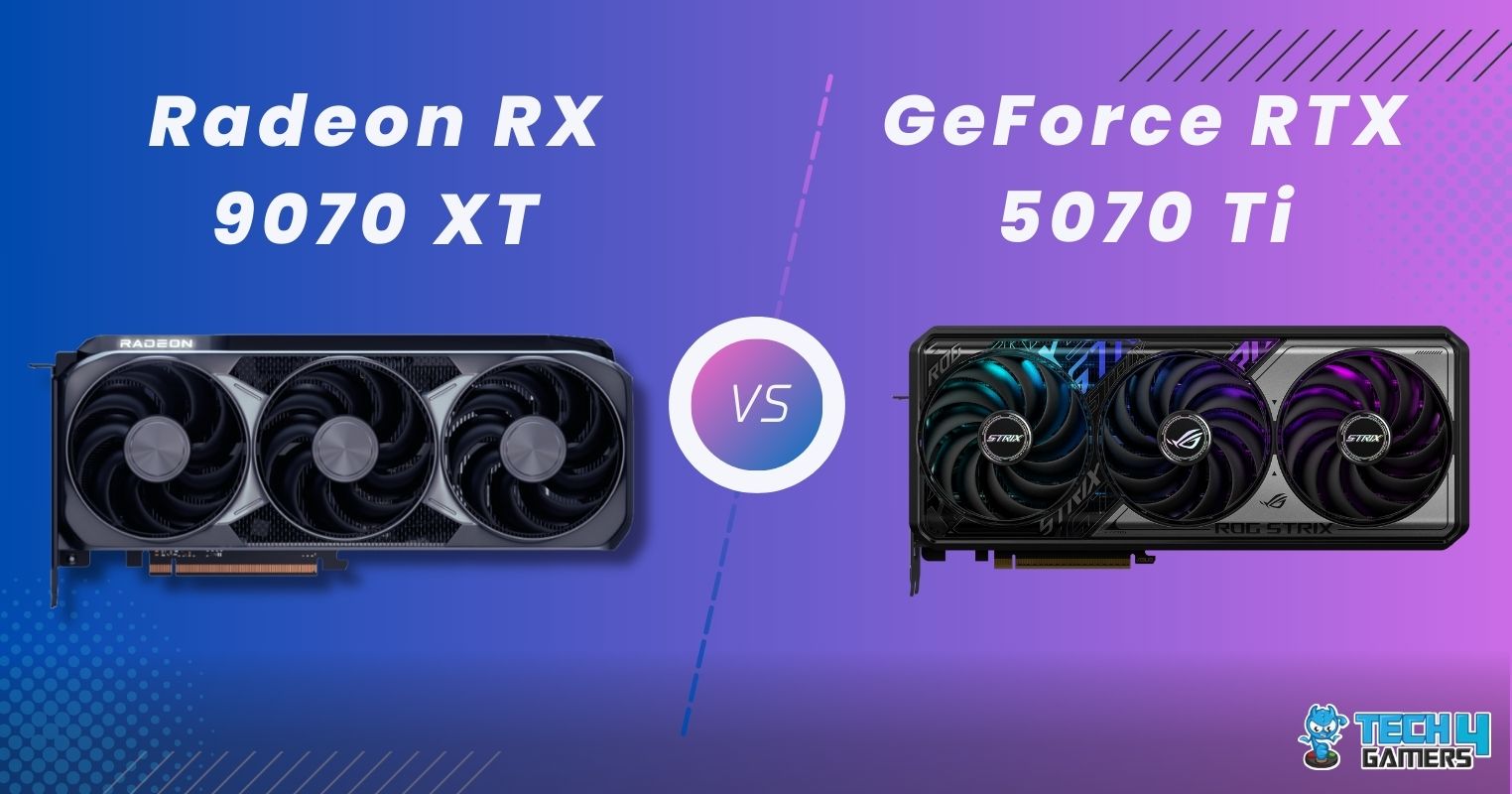
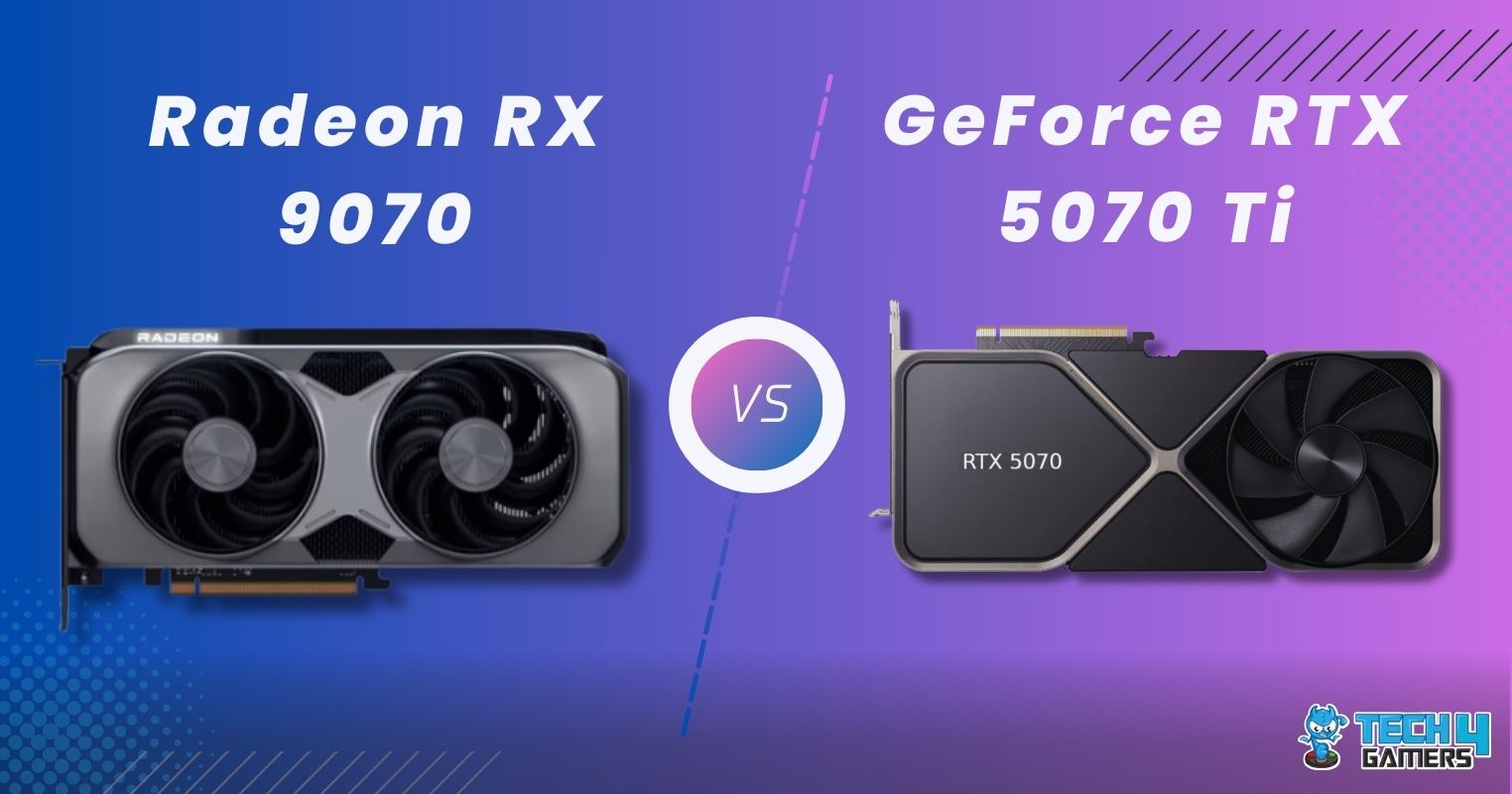
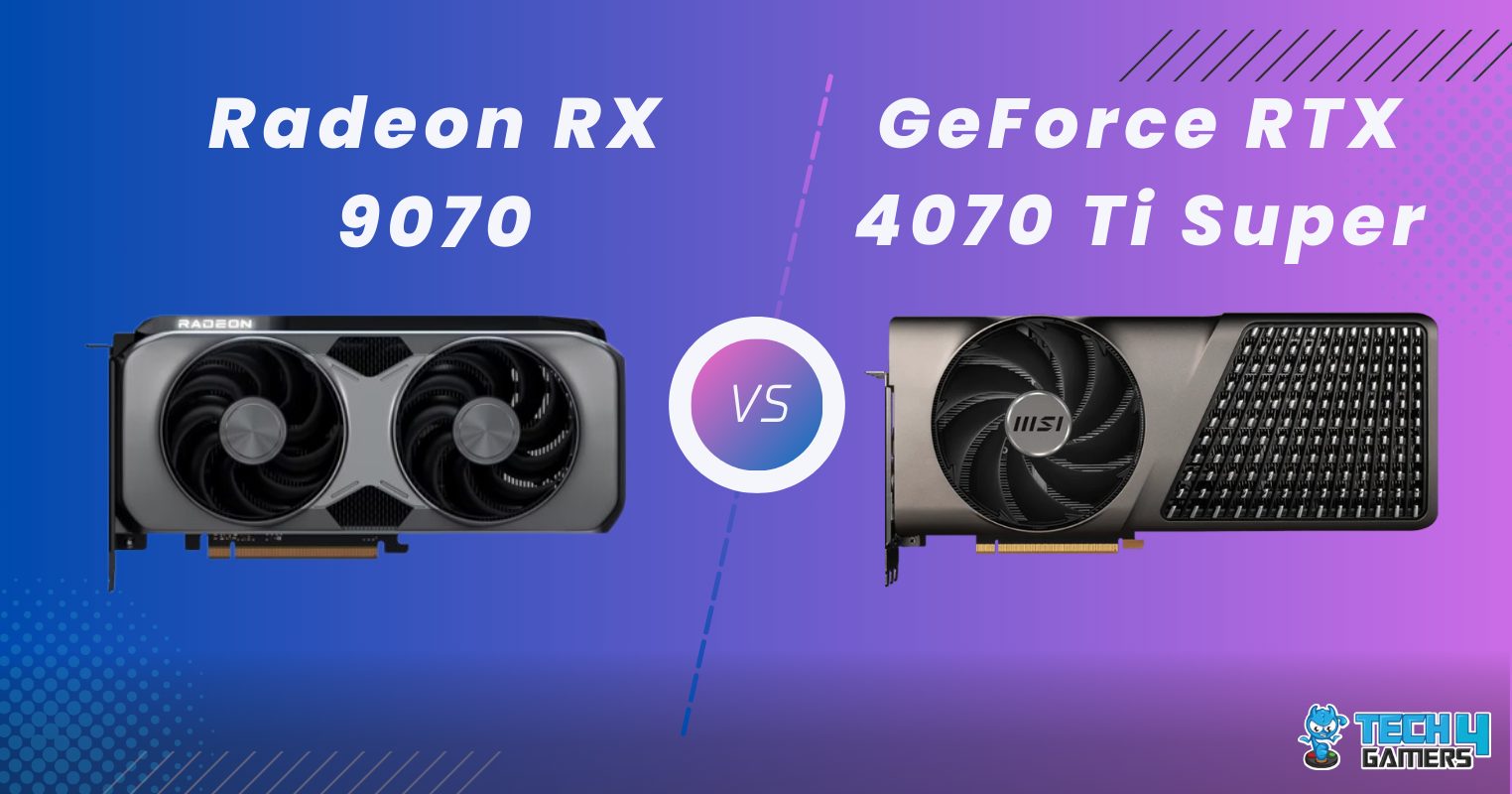
Feedback By: